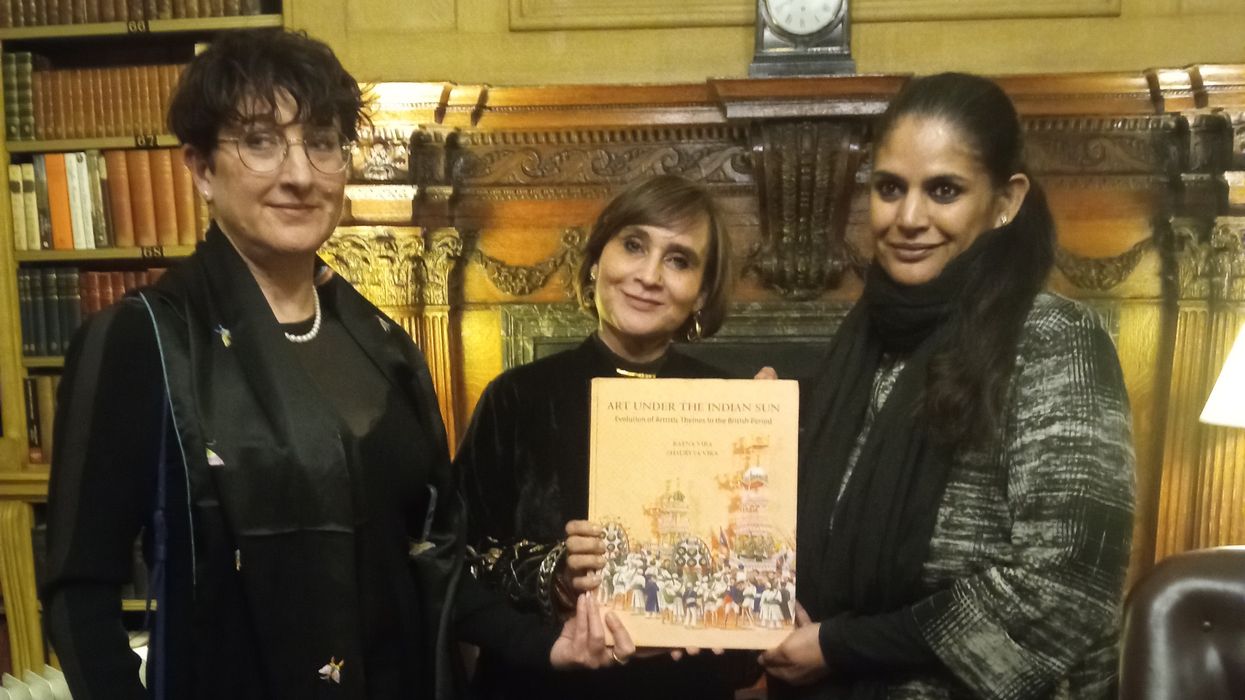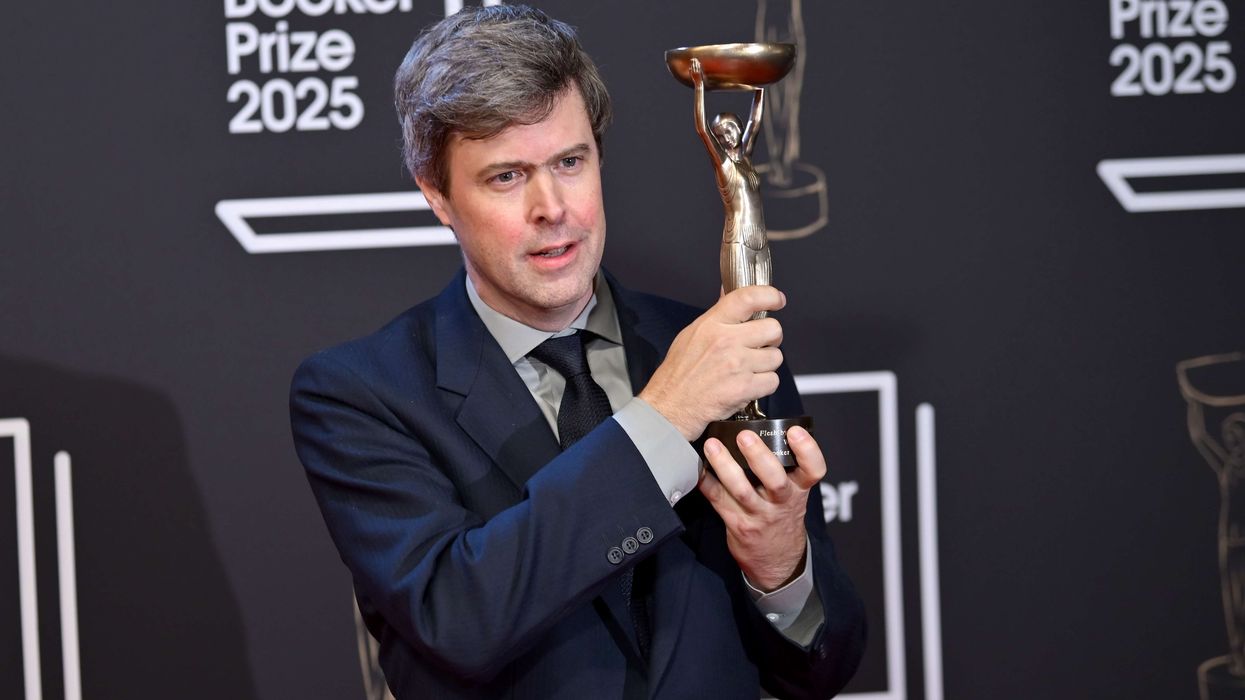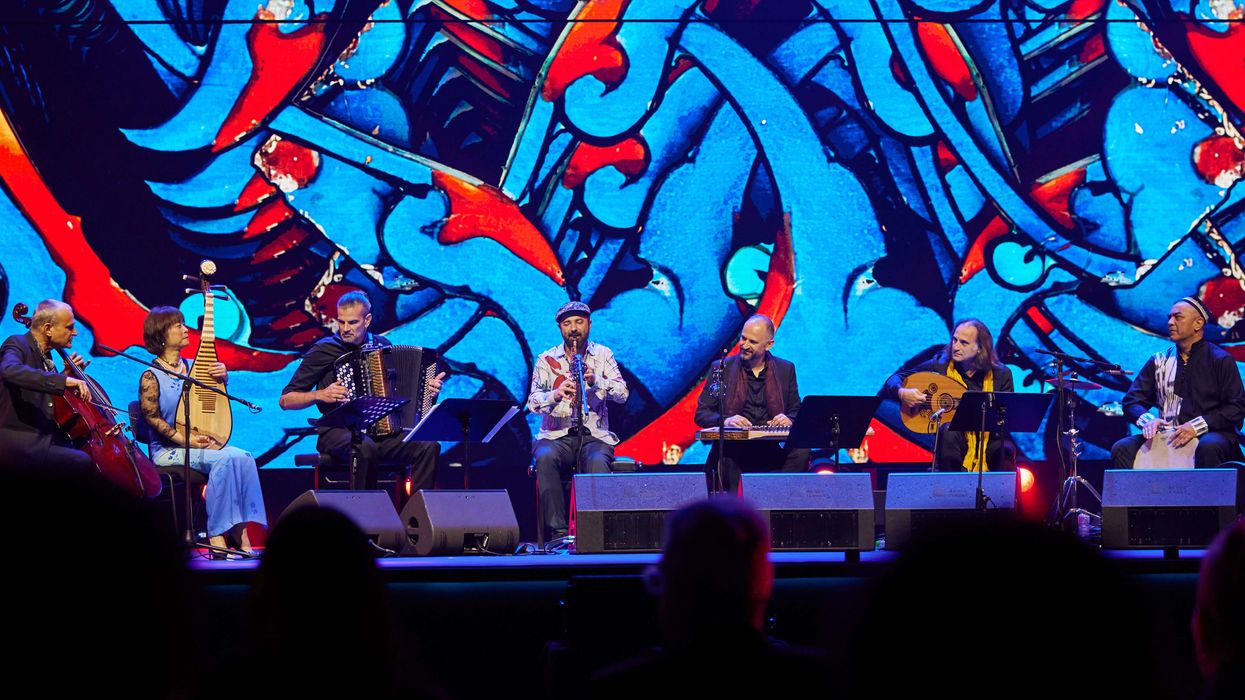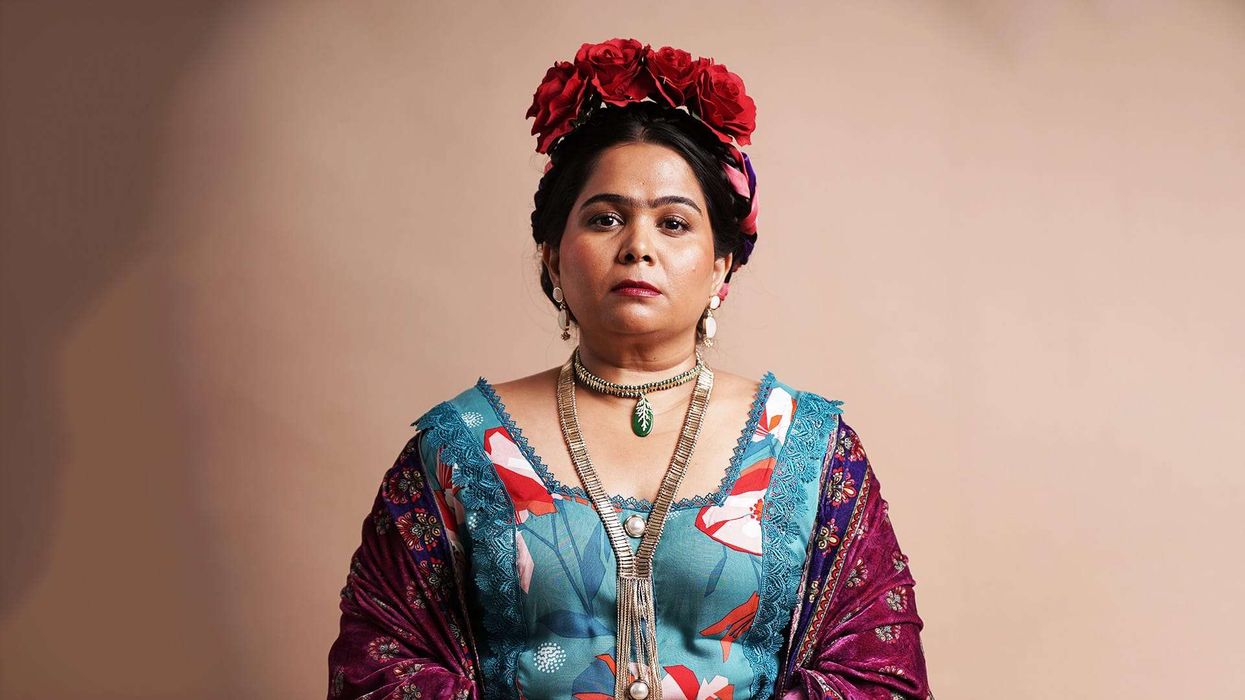ON A crisp evening before Christmas, I found myself at the Traveller’s Club in London’s posh Pall Mall.
Like other anachronisms of old England, this particular place doesn’t permit unaccompanied women. So, Jennifer Howes (an expat Canadian) and me (a British-born Bengali) arrived as two arch Indophiles, sporting silk scarves and lipstick, for an author-talk at the invitation of the Indian High Commissioner, Vikram Doraiswami.
Art Under the Indian Sun: Evolution of Artistic Themes in the British Period is a historical journey with a pictorial past.
Authors Ratna Vira and Shauryya Vira have excavated the British East India Company and the Raj period’s art history, uncovering art from private collections, some which have never been seen publicly, and wonderfully capturing the British East India Company’s journey from a trading enterprise to a global empire.
The company played a pivotal role in shaping perceptions of both Britain and India, leaving one of the largest visual memoirs of the time. In reconstructing this, a story emerges of a time that today would be lost.
One day in Delhi, walking along Curzon Street and Connaught Place, Ratna Vira started asking questions and the buildings she had walked past so many times morphed into more than familiar facades.
Co-authored with her son, Shauryya Vira, Art Under The Indian Sun was also a way to show her own children an India they can no longer see today. The same might be said of us.
Written for both British and south Asian audiences, this is a dive into the artistic legacies during the British period, sumptuously illustrated with works from styles now collectively called Company Painting.
Following the late 18th century dissipation of the Mughal empire, hundreds of artists sought employment with new patrons, and so moved to work for the British in India; they included scholars, civil servants, travellers, missionaries and highranking dignitaries.
In an age before the widespread photographic record, these became souvenirs and visual records to bring back to England.
We have moved from the picturesque landscapes of the Daniels a century before to the very Victorian propensity to catalogue and understand and this vast vista gave (and continues to give) us an imagination of India, its peoples, places and customs in the 19th century, when the East India Company transferred to the British Crown.
Impressive are the early 19th century paintings on mica. These are a rich portal, depicting all manner of regional costumes, gods, goddesses traders and street sellers. Indian Company paintings on mica are rare and only around 7,000 are estimated to remain world-wide.
Company Painting is enjoying a revival in India, as elsewhere. The Wallace Collection’s 2020 exhibition Forgotten Masters: Indian Painting for the East India Company, was well received.
In an age of politicised and pointed restitution claims (the Parthenon Sculptures and Benin Bronzes, to name a few famous disputes), this burgeoning art market is functioning as a kind of ‘commercial restitution’ with its own organic momentum.
The book includes a 1910 letter, not previously seen, from King George V to his secretary of state for India, requesting a Mughal style coronation in Delhi after the British shifted their colonial capital from Calcutta, and those troublesome and revolutionary Bengalis.
Ratna Vira’s previous books include Daughter By Court Order, featured in The New York Times, and show her interests have informed this different and bigger project.
Dr Sona Datta is a writer, curator and broadcaster of south Asian art, including Treasures of the Indus (BBC4). She started her career with the Asia collections at the British Museum and then as head of south Asian Art at the Peabody Essex Museum in the US. She is writing a book on Indian art for Bloomsbury.













